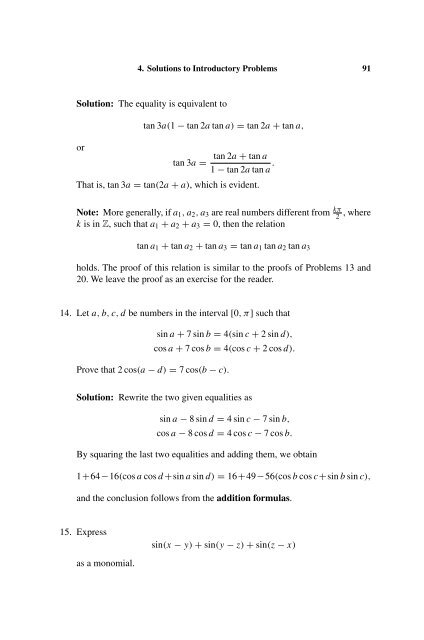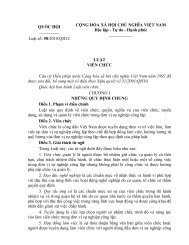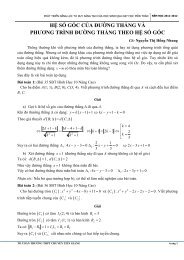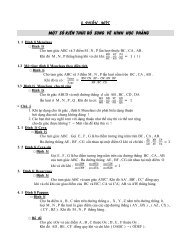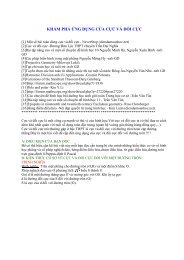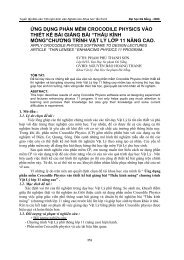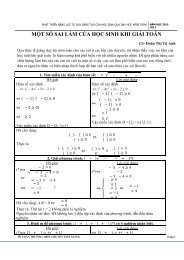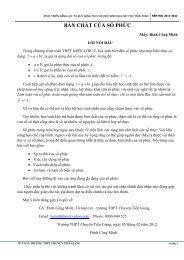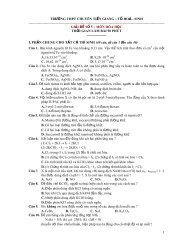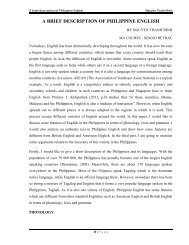103 Trigonometry Problems
103 Trigonometry Problems
103 Trigonometry Problems
You also want an ePaper? Increase the reach of your titles
YUMPU automatically turns print PDFs into web optimized ePapers that Google loves.
4. Solutions to Introductory <strong>Problems</strong> 91<br />
Solution: The equality is equivalent to<br />
or<br />
tan 3a(1 − tan 2a tan a) = tan 2a + tan a,<br />
tan 3a =<br />
tan 2a + tan a<br />
1 − tan 2a tan a .<br />
That is, tan 3a = tan(2a + a), which is evident.<br />
Note: More generally, if a 1 ,a 2 ,a 3 are real numbers different from kπ 2 , where<br />
k is in Z, such that a 1 + a 2 + a 3 = 0, then the relation<br />
tan a 1 + tan a 2 + tan a 3 = tan a 1 tan a 2 tan a 3<br />
holds. The proof of this relation is similar to the proofs of <strong>Problems</strong> 13 and<br />
20. We leave the proof as an exercise for the reader.<br />
14. Let a, b, c, d be numbers in the interval [0,π] such that<br />
sin a + 7 sin b = 4(sin c + 2 sin d),<br />
cos a + 7 cos b = 4(cos c + 2 cos d).<br />
Prove that 2 cos(a − d) = 7 cos(b − c).<br />
Solution: Rewrite the two given equalities as<br />
sin a − 8 sin d = 4 sin c − 7 sin b,<br />
cos a − 8 cos d = 4 cos c − 7 cos b.<br />
By squaring the last two equalities and adding them, we obtain<br />
1+64−16(cos a cos d +sin a sin d) = 16+49−56(cos b cos c+sin b sin c),<br />
and the conclusion follows from the addition formulas.<br />
15. Express<br />
sin(x − y) + sin(y − z) + sin(z − x)<br />
as a monomial.


